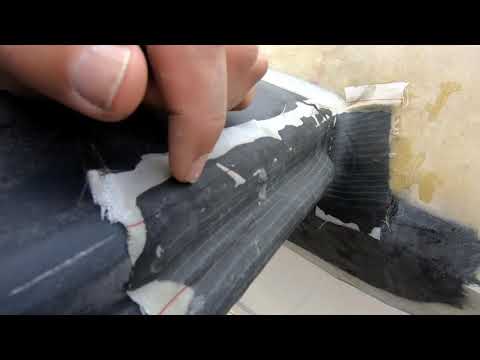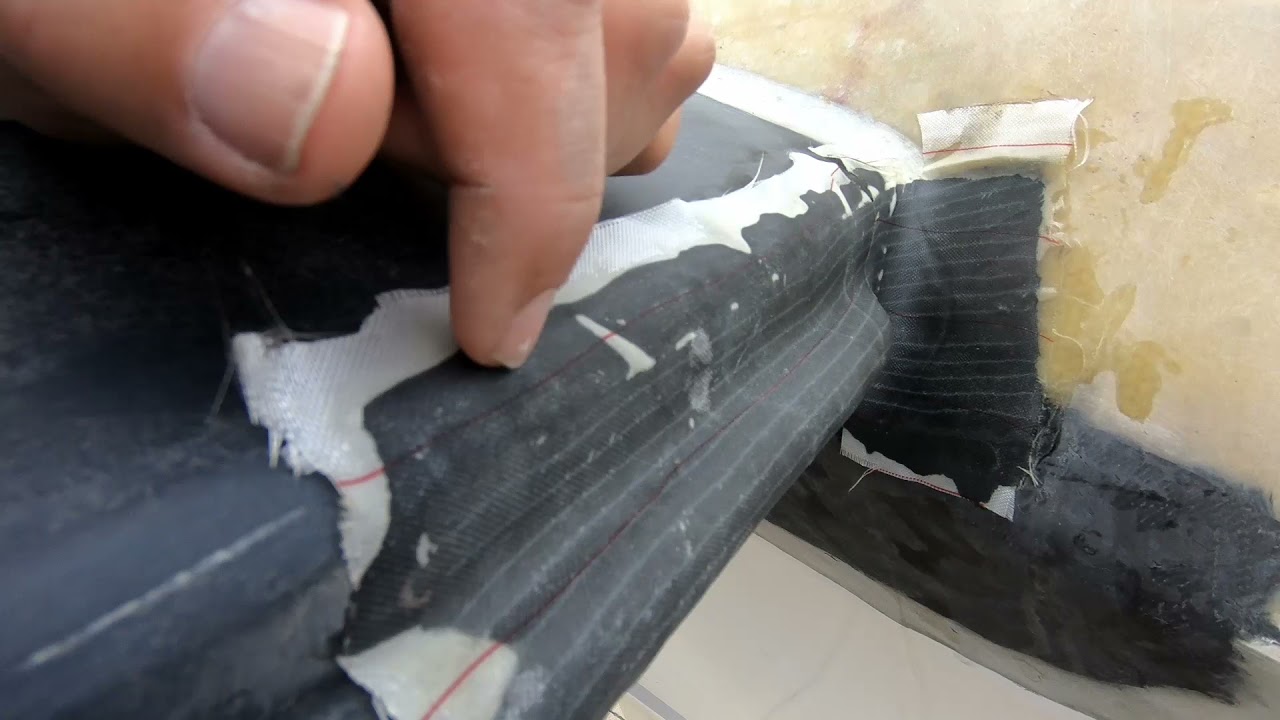Peel ply fabric is revolutionizing the world of composite materials with its exceptional qualities and versatile applications. Crafted from high-quality materials, this fabric provides a unique combination of strength, durability, and ease of use, making it a favorite among professionals and enthusiasts alike. With its impeccable surface finish, it ensures a flawless outcome, eliminating the need for arduous manual sanding or surface preparation. The reusable nature of this fabric adds value to any project, as it can be easily removed without leaving any residue or damage, allowing for effortless reusability, time and time again. Whether you are working on aerospace components, automotive parts, or marine structures, peel ply fabric is your ultimate companion, ensuring a streamlined and efficient process. Its compatibility with various resins and composite materials makes it a versatile choice for engineers and manufacturers, enabling them to achieve impeccable results. So, if you are looking to elevate your composite material projects to new heights, peel ply fabric is your secret weapon, offering unrivaled quality, convenience, and cost-effectiveness.

What is Peel Ply Fabric?
Peel ply fabric is a type of release fabric that is commonly used in composite manufacturing processes. It is typically made from woven polyester or nylon and is designed to provide a clean and textured surface finish to composite parts. Peel ply fabric is used as a temporary layer that is applied to the surface of the composite laminate during the manufacturing process. Once the composite part has cured, the peel ply fabric can be easily removed, leaving behind a clean and ready-to-use surface.
The Benefits of Using Peel Ply Fabric
Improved Surface Finish: One of the main benefits of using peel ply fabric is that it helps to create a smooth and textured surface finish on composite parts. The fabric leaves behind a pattern of small indentations, which can improve the adhesion of subsequent layers or coatings.
Contamination Prevention: Peel ply fabric acts as a barrier between the composite laminate and the manufacturing tools or molds. It helps to prevent contamination by absorbing excess resin, release agents, and other impurities that may be present during the manufacturing process.
Reduced Surface Preparation: By using peel ply fabric, the need for extensive surface preparation before applying additional layers or coatings is minimized. The fabric removes the need for sanding or other surface treatments, saving time and effort in the manufacturing process.
The Application of Peel Ply Fabric
Peel ply fabric is commonly used in various composite manufacturing processes, including the production of aerospace components, marine vessels, wind turbine blades, and automotive parts. It can be applied to both flat and curved surfaces, making it versatile for different applications.
During the manufacturing process, peel ply fabric is typically applied directly to the composite laminate before the curing process. It is important to ensure that the fabric is properly laid and secured to avoid any wrinkles or air pockets, which could affect the final surface finish.
Choosing the Right Peel Ply Fabric
When selecting peel ply fabric for a specific application, it is important to consider certain factors:
Material: Peel ply fabric is available in different materials, such as polyester and nylon. The choice of material depends on the specific requirements of the manufacturing process, including temperature resistance, strength, and flexibility.
Weave Pattern: The weave pattern of the fabric can influence the final surface finish. Different patterns, such as plain, twill, or satin weaves, can result in varying textures and adhesion properties.
Weight: Peel ply fabric is available in different weights, ranging from lightweight to heavyweight. The weight of the fabric determines its absorbency and strength.
Removing Peel Ply Fabric
After the composite part has cured, the peel ply fabric can be easily removed. It is important to remove the fabric carefully to avoid damaging the surface finish. The fabric can be peeled off by hand, starting from one corner and gradually working across the surface. Any remaining adhesive residue can be removed using solvents or abrasive methods, depending on the specific requirements of the application.
Note: It is recommended to follow the manufacturer's instructions for the specific peel ply fabric being used, as removal methods may vary.
In conclusion, peel ply fabric is a valuable tool in composite manufacturing processes. Its ability to create a smooth and textured surface finish, prevent contamination, and reduce surface preparation makes it a popular choice in various industries. By understanding the application and selection considerations, manufacturers can effectively incorporate peel ply fabric into their processes, resulting in high-quality composite parts.
Unveiling the Power of Peel Ply: A Game-Changer in Manufacturing
List about Peel Ply Fabric
Peel Ply Fabric
| Property | Description |
|---|---|
| Material | Peel ply fabric is commonly made from synthetic materials such as nylon, polyester, or fiberglass. These materials provide excellent strength and durability. |
| Surface Texture | Peel ply fabric features a textured surface that enhances resin flow and adhesion. The texture also facilitates easy removal after the curing process. |
| Function | Primarily used as a release fabric in composite manufacturing, peel ply allows for easy separation between the composite laminate and other materials, such as breather fabrics or release films. |
| Resin Drainage | Due to its porous nature, peel ply fabric enables efficient resin drainage during the curing process. This ensures the removal of excess resin, resulting in improved laminate quality. |
| Surface Preparation | Peel ply fabric creates a uniform surface finish, eliminating the need for sanding or other time-consuming surface preparation methods. This saves both time and effort during subsequent processing steps. |
| Reusable | One of the significant advantages of peel ply fabric is its reusability. After peeling off from the cured composite part, the fabric can be cleaned, inspected, and used again, reducing material waste and overall costs. |
| Compatibility | Peel ply fabric is compatible with various resin systems, including epoxy, polyester, and vinyl ester. This versatility makes it a preferred choice in a wide range of composite applications. |
Note: Peel ply fabric plays a critical role in achieving high-quality composite laminates. Its unique characteristics and benefits make it an indispensable tool for professionals in the composite manufacturing industry.

